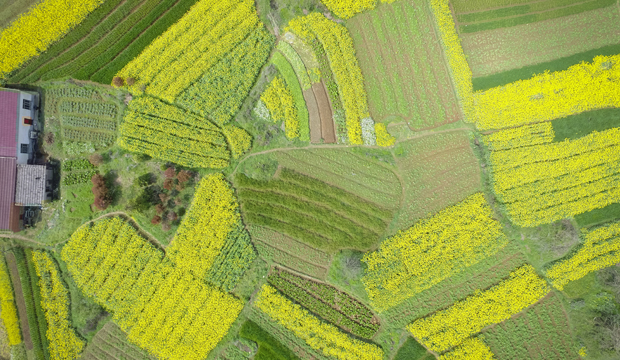Thanks to Member Duncan Allison for providing us this great set of information and updates.
Dairy is udder cruelty… de-calf your coffee. This PETA ad is pushing almond, soy or coconut milk instead. However the Food and Drug Administration defines milk as the lacteal secretion, practical freedom colostrum, obtained by the complete milking of one or more healthy cows. Under the proposed Dairy Pride Act (Congress January 2017) these non-dairy origin products would have to stop labelling plant-based products as milk.
Farmland disappearing in the US? YES is the not too surprising answer. We lost 31 million acres between 1992 and 2012 of which 11 million acres were classified as “the most productive, most versatile and most resilient land ….Development disproportionally occurred on agricultural lands, with 62% of all development occurring on farmland. Expanding urban areas accounted for 59% of the loss. Low-density residential development or the building of houses on one- to 20-acre parcels accounted for 41%.”
Farmers and ranchers use over one billion acres or 55% of the land in the continental US which include agricultural land and federal land used for grazing. Since land varies in productivity, versatility, and resiliency (PVR) of agricultural land for long term cultivation largely depend on the quality of the soils, the farming infrastructure that exists and climatic conditions, such as the length of the growing season, PVR values are calculated using data of the PVR factors and expert-based weights.”
The report “Farms Under Threat” (American Farmland Trust 2018) has maps and a lot more statistics. Basically my conclusion is that we absolutely must preserve our best farmland, wherever it is particularly in regions not so adversely affected by climate change. We saved our parks but need to prevent more loss of our best farmland.
Farm equipment – The Farm Equipment Manufacturers Association released a recent survey which has confirmed the recent trends that farmers value quality and service over price. So the top six trends were engineering, parts availability, dealer repairs and servicing, product specialists at dealerships, lower invoice price and manufacturer warranty.
New very invasive insect – SE Pennsylvania has recently witnessed the rapid spread of Spotted Lantern Fly introduced (2014) somehow from Asia. It feeds not only on a large range of crops but also trees – it particularly likes tree of heaven! If ever there was a mislabeled tree! Lantern Fly is an excellent traveler and can deposit egg masses on any flat surface – car bumpers, truck grills etc. It has been identified on 70 different crops from stone fruits and grapes to corn, soybeans and alfalfa. It has currently been found in 13 counties in SE PA including Chester County.Penn State Extension has a very good write-up.
Dairy – India has 75 million dairy farms which in total produce more milk than the EU and may even be second only to the U.S. The dairy industry is an important economic driver in India even though the average farmer only milks three cows. The infrastructure needs drastic upgrading and Stellapps Technologies could “optimize the entire dairy supply chain, including milk production, procurement, and cold chain logistics through the deployment of 26 different types of sensors, automation and machine learning.” Sensors measure fat content and milk quality to fairly price milk at the milk collection plants. New technology could indeed improve both the economics and quality of milk production in India. Is our milk supply chain as efficient as it could be?
Beliefs and cancer – A recent research paper from researchers in England compared awareness of the causes of cancer and the mythical beliefs not supported by any science. Since one half of cancer diagnoses are preventable by lifestyle behaviors, at least 1.1 million cancer cases could be avoided in Europe. Low fruit and vegetable consumption was the least recognized cancer risk factor. Obesity was also poorly recognized considering it is the second leading preventable cause of cancer. These results are also reported in other European countries. Mythical causes have increased over the last decade and “stress, food additives, genetically modified foods and exposure to electromagnetic frequencies were actively endorsed as causing cancer by more than a third of participants. Endorsement of mythical causes of cancer appears to have increased over the last decade.” “Knowledge of actual causes is greater in the general population than that of mythical causes.” Surely there is huge need for education particularly as a recent US study has found that 42% of Americans believe food companies don’t make healthy food. Huge task particularly for social media.

